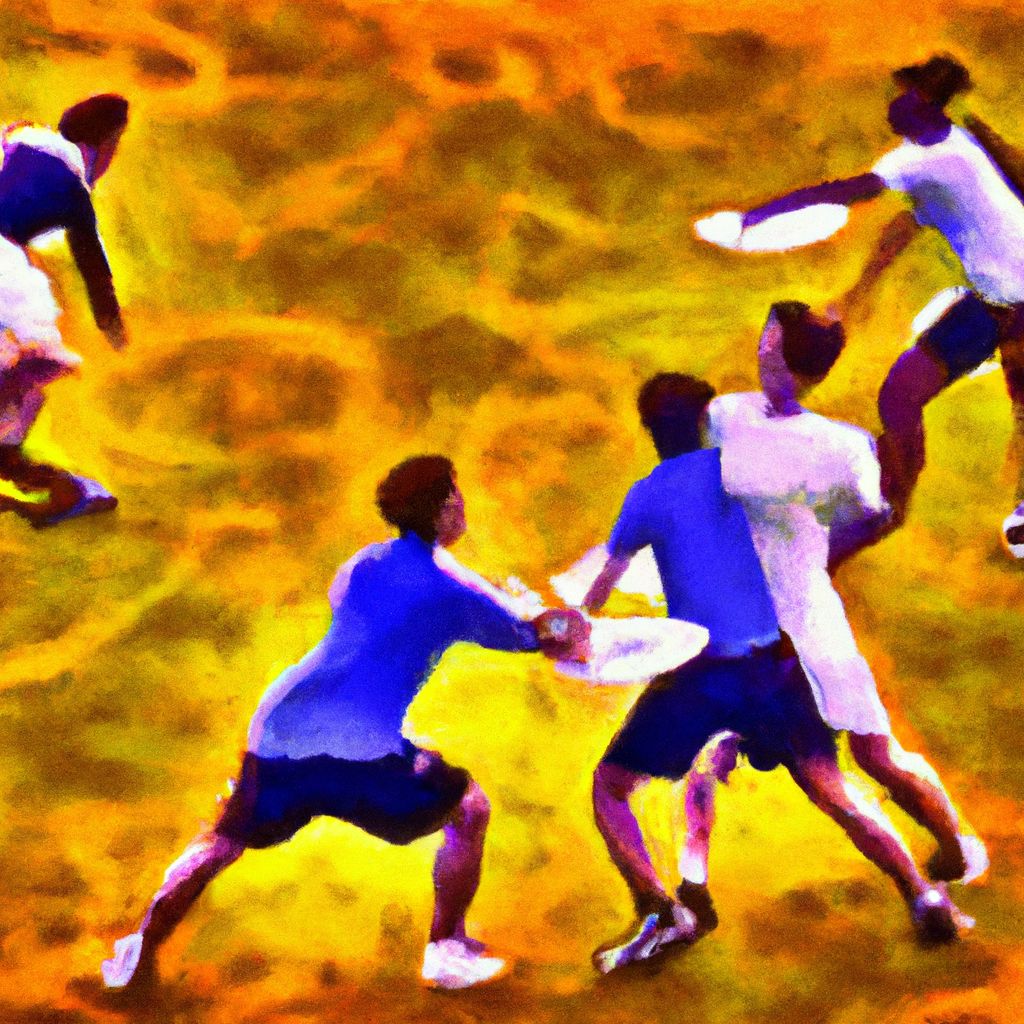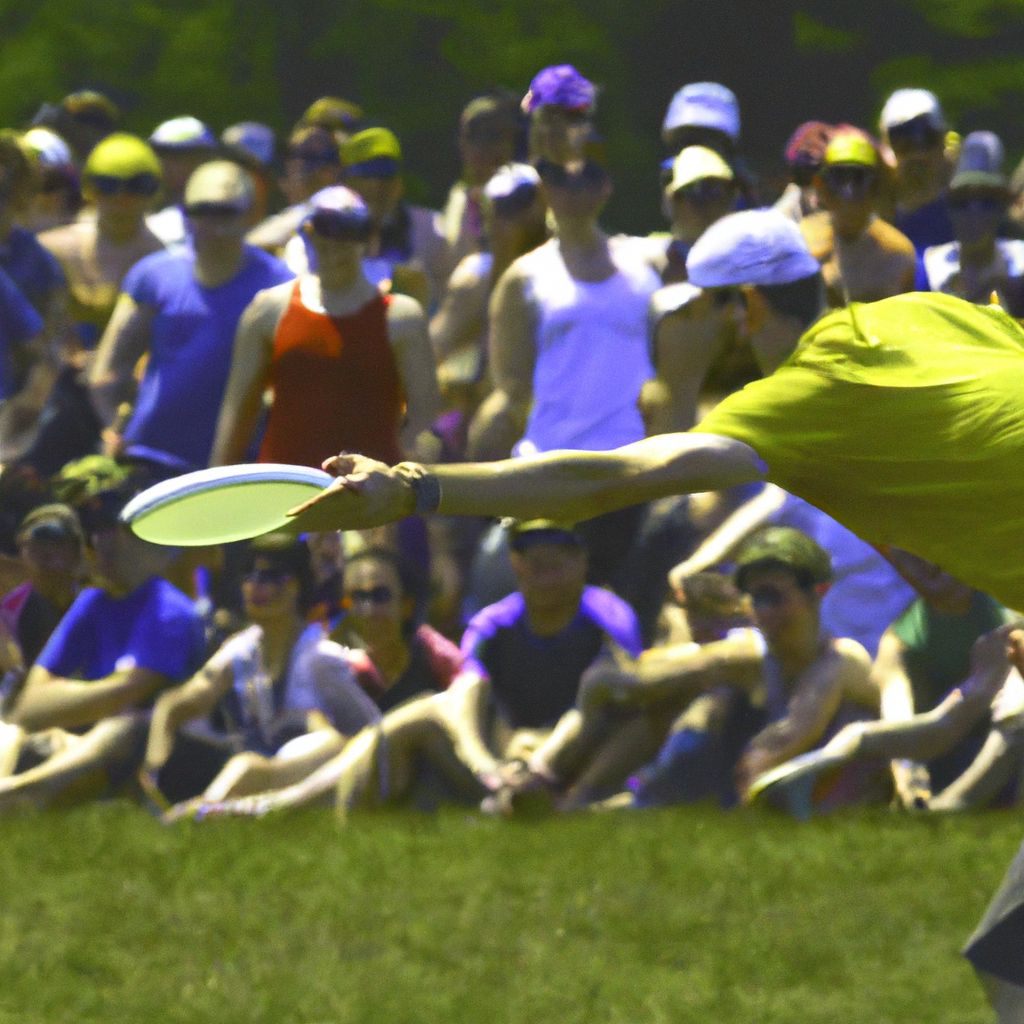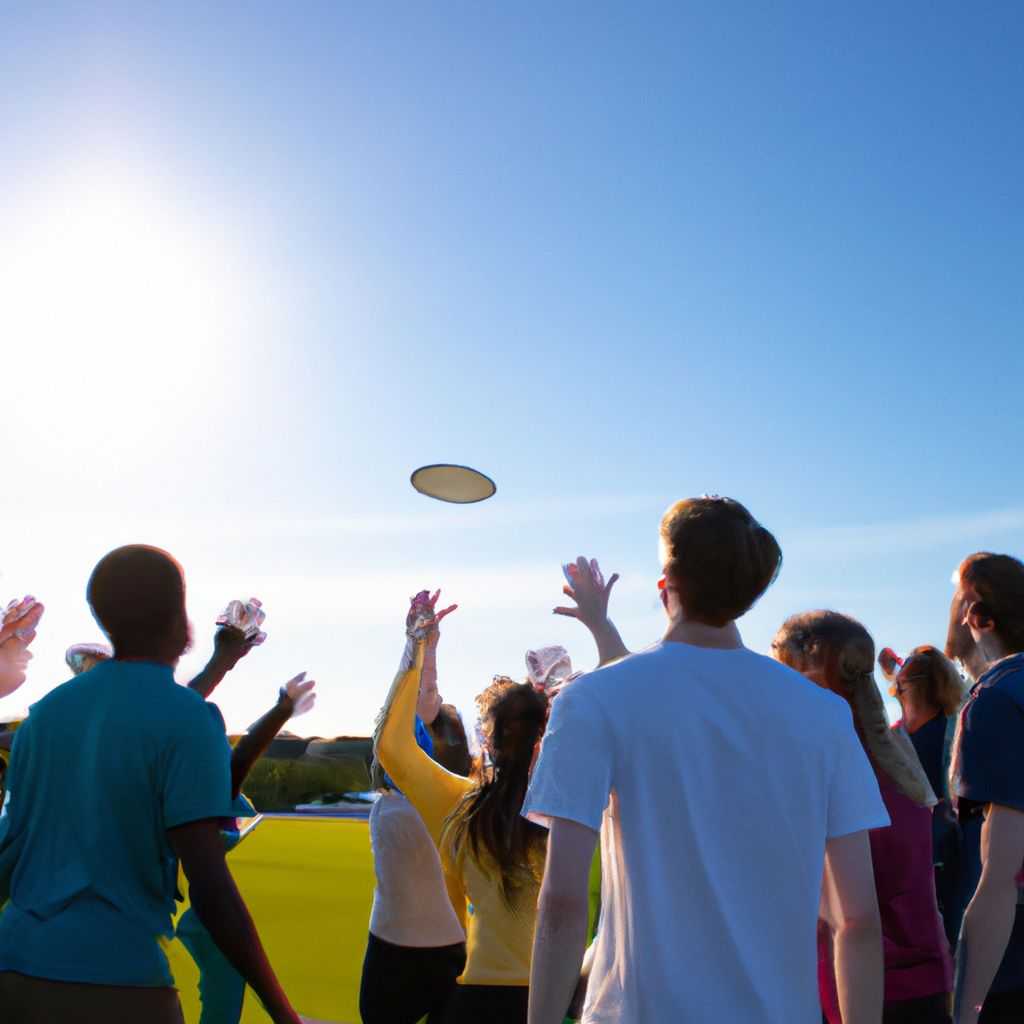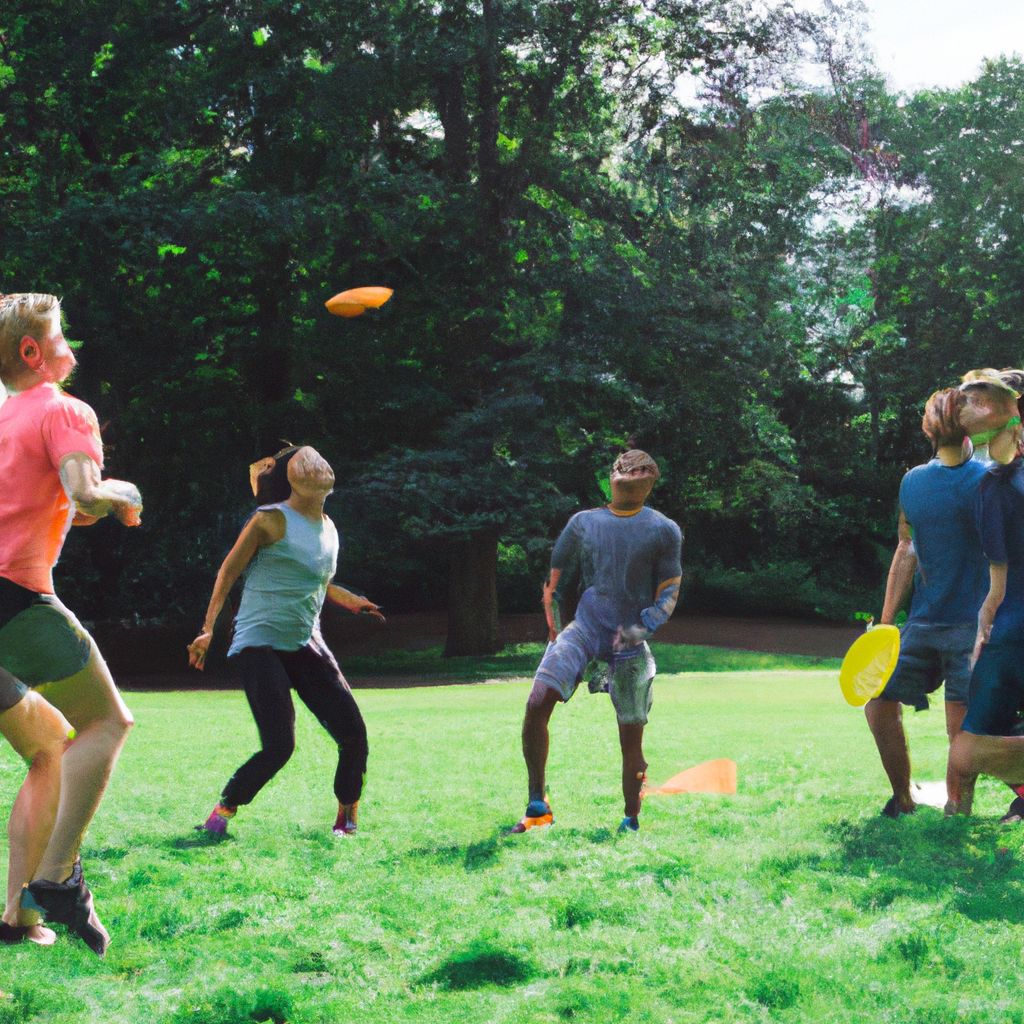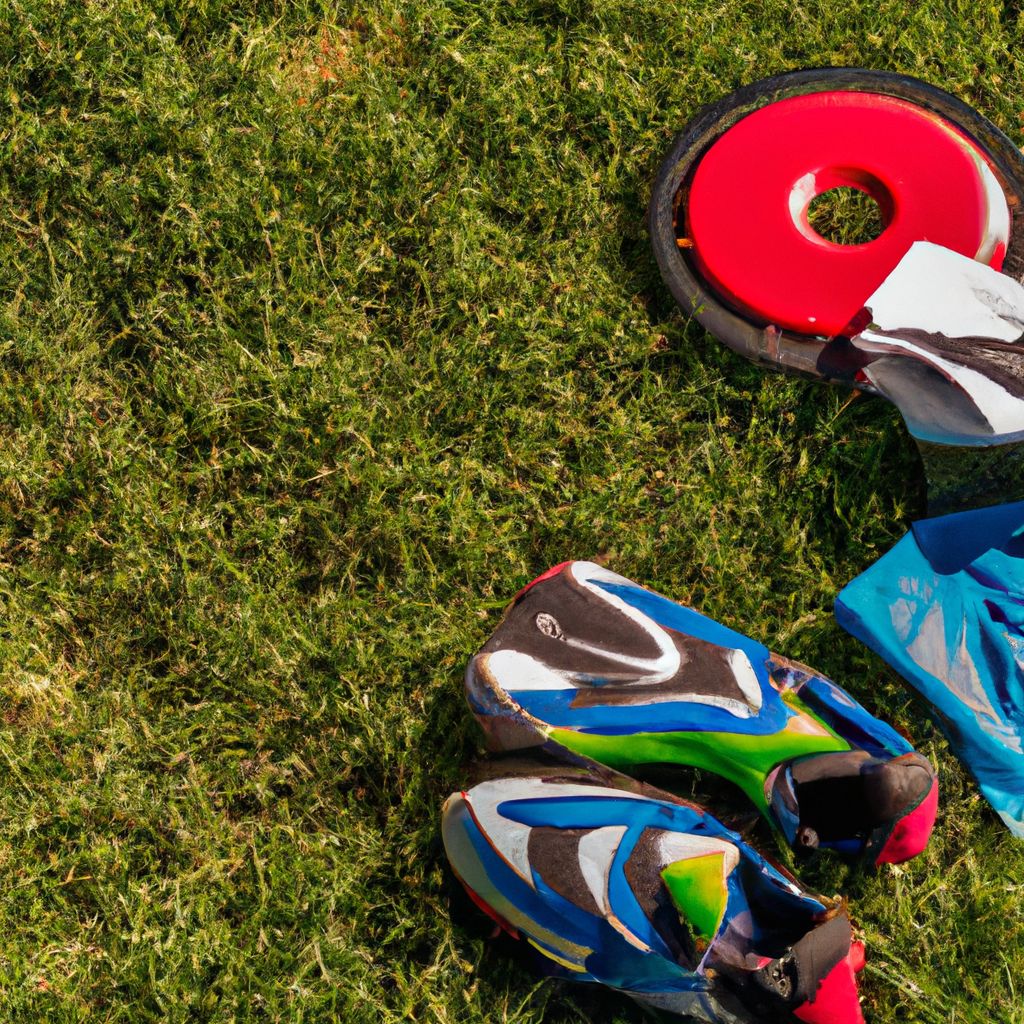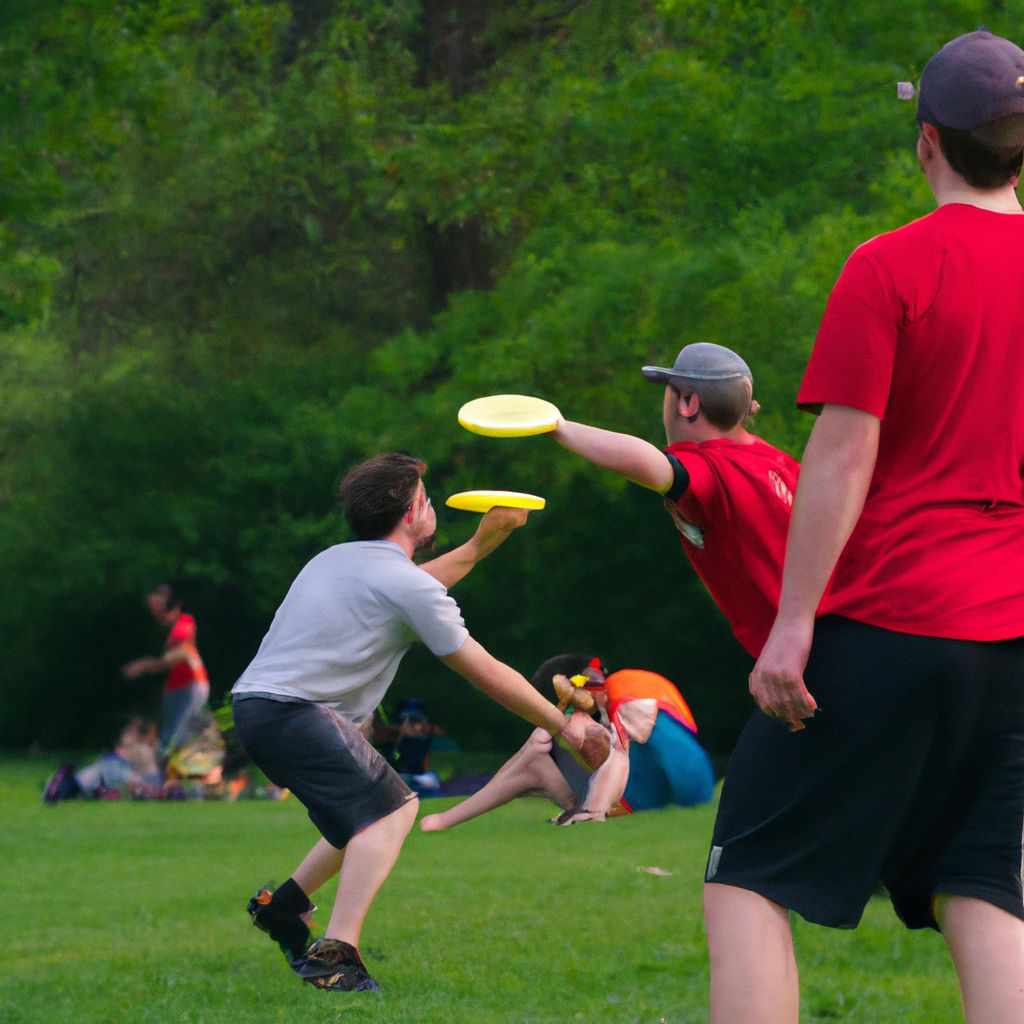- Understanding the Basics of Ultimate Frisbee
- Mastering the Fundamental Throws
- Effective Offensive Strategies
- Implementing Defensive Tactics
- Importance of Teamwork and Communication
- Physical Conditioning and Training
- Playing Smarter, Not Harder
- Learning from the Pros
Understanding the Basics of Ultimate Frisbee
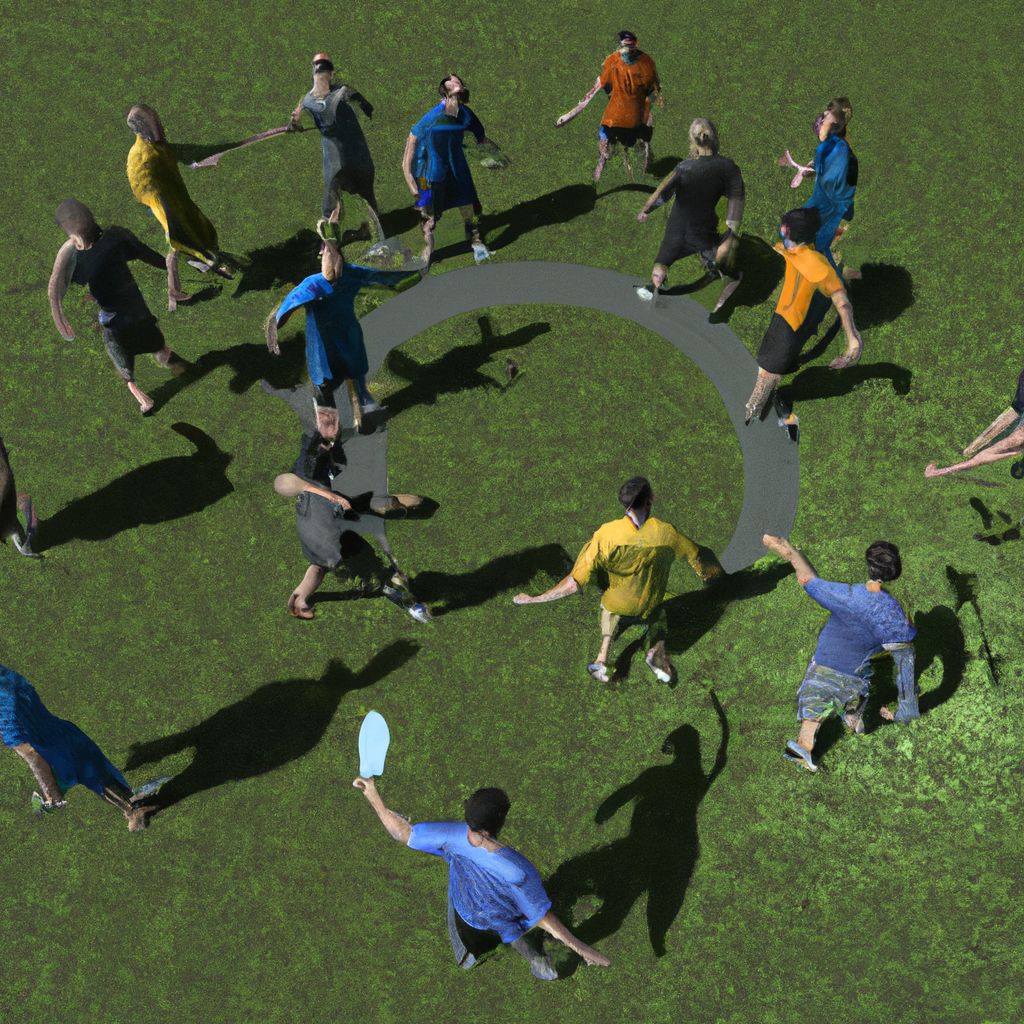
Ultimate Frisbee, also known simply as Ultimate, is a fast-paced, non-contact sport that combines elements of football, soccer, and basketball into one high-energy game. Originating in the 1960s, it has grown into a worldwide sport with millions of players and sanctioned tournaments.
The objective of the game is simple: score points by catching the Frisbee in the opposing team's end zone. However, to truly master the sport, players need to understand the intricacies of the rules, the layout of the playing field, and the roles of each player.
Rules of Ultimate Frisbee- Non-contact:
- Ultimate Frisbee is a non-contact sport. Physical contact can result in penalties.
- Self-officiating:
- Unlike most sports, Ultimate relies on the 'Spirit of the Game', meaning it is self-officiated and players are expected to call their own fouls.
- Passing the Frisbee:
- The Frisbee can be passed in any direction but the player holding the Frisbee ('the thrower') cannot take a step while in possession.
- Scoring:
- A point is scored when a player catches the Frisbee in the opposing team's end zone.
The field for Ultimate Frisbee is rectangular, measuring 70 yards by 40 yards. On either end of the field are the end zones, which are 20 yards deep. The field is marked with boundary lines, and any Frisbee that goes out of bounds results in a turnover.
Scoring SystemIn Ultimate Frisbee, a point is scored when a player catches the Frisbee in the opposing team's end zone. Games are typically played to a set number of points, often 15, 17, or 21, and must be won by a two-point margin.
Player RolesEach team in Ultimate Frisbee consists of seven players: three Handlers, three Cutters, and one Deep. The Handlers are the primary throwers, the Cutters are the primary receivers, and the Deep is the last line of defense, preventing long throws by the opposing team.
Mastering the Fundamental Throws
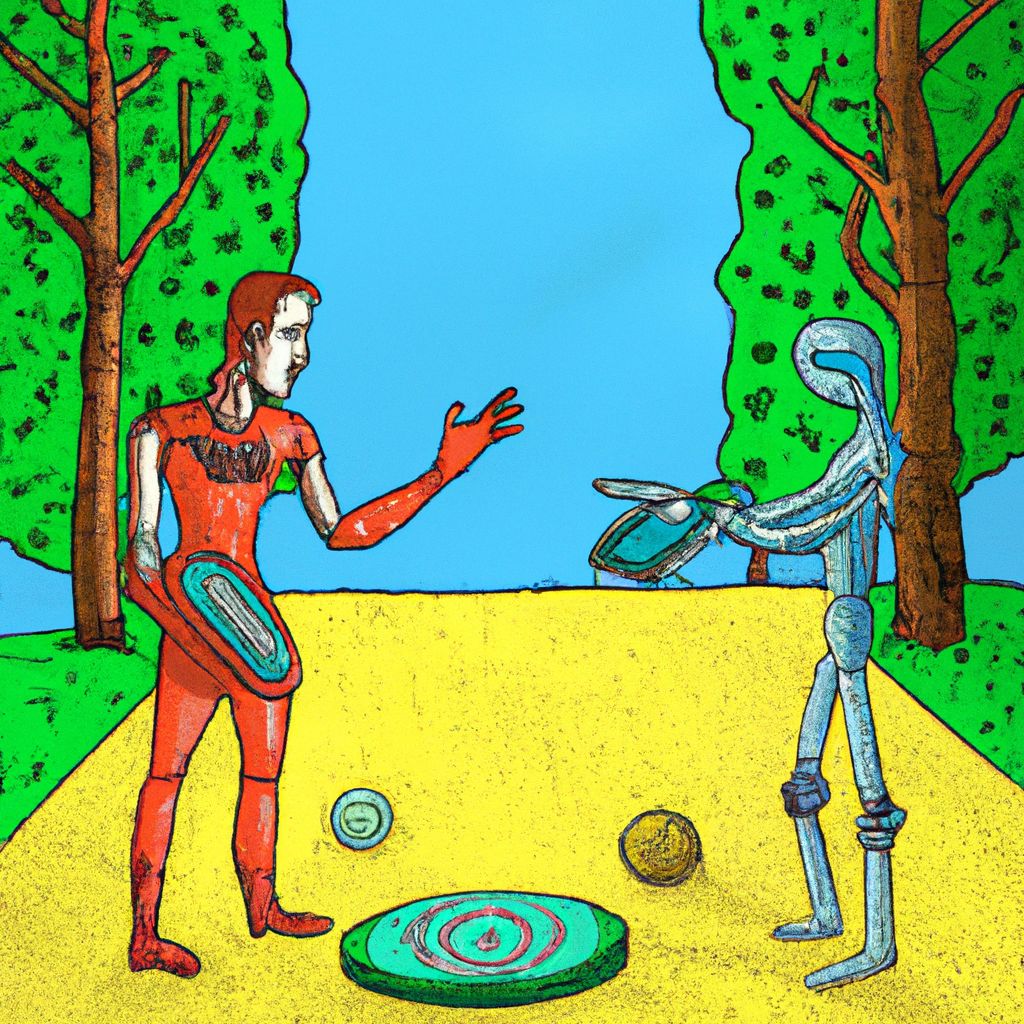
The backhand throw is the most basic and commonly used throw in Ultimate Frisbee. To execute a backhand throw:
- Position your body sideways to your target, with your non-throwing shoulder pointed towards your intended receiver.
- Hold the Frisbee with your thumb on top and your index finger along the rim. The rest of your fingers should be underneath the disc.
- Swing your arm across your body and release the Frisbee, aiming to spin it off your index finger.
Mastering the backhand throw requires practice to get the timing and power of your throw just right.
Perfecting the Forehand (Flick) ThrowThe forehand throw, also known as the flick, is an essential throw in Ultimate Frisbee, allowing players to quickly pass the disc to their teammates. Here's how to do it:
- Stand with your feet shoulder-width apart and your knees slightly bent.
- Hold the Frisbee with your thumb on top, your index and middle fingers along the inside of the rim, and your remaining fingers against the outside of the rim.
- Swing your arm forward in a flicking motion and release the Frisbee, spinning it off your middle finger.
To perfect this throw, focus on accuracy before power. As you get more comfortable, you can increase the speed of your throw.
Executing the Hammer ThrowThe hammer throw is a more advanced throw used to pass the disc over opponents. Here's how to do it:
- Hold the Frisbee as you would for a forehand throw.
- Lift your arm above your head, bending it at the elbow so the disc is behind your head.
- Throw the Frisbee in a downward motion, releasing it at an angle so it flips and travels upside down.
Mastering the hammer throw takes practice, but it can be a game-changing move when executed correctly.
Effective Offensive Strategies
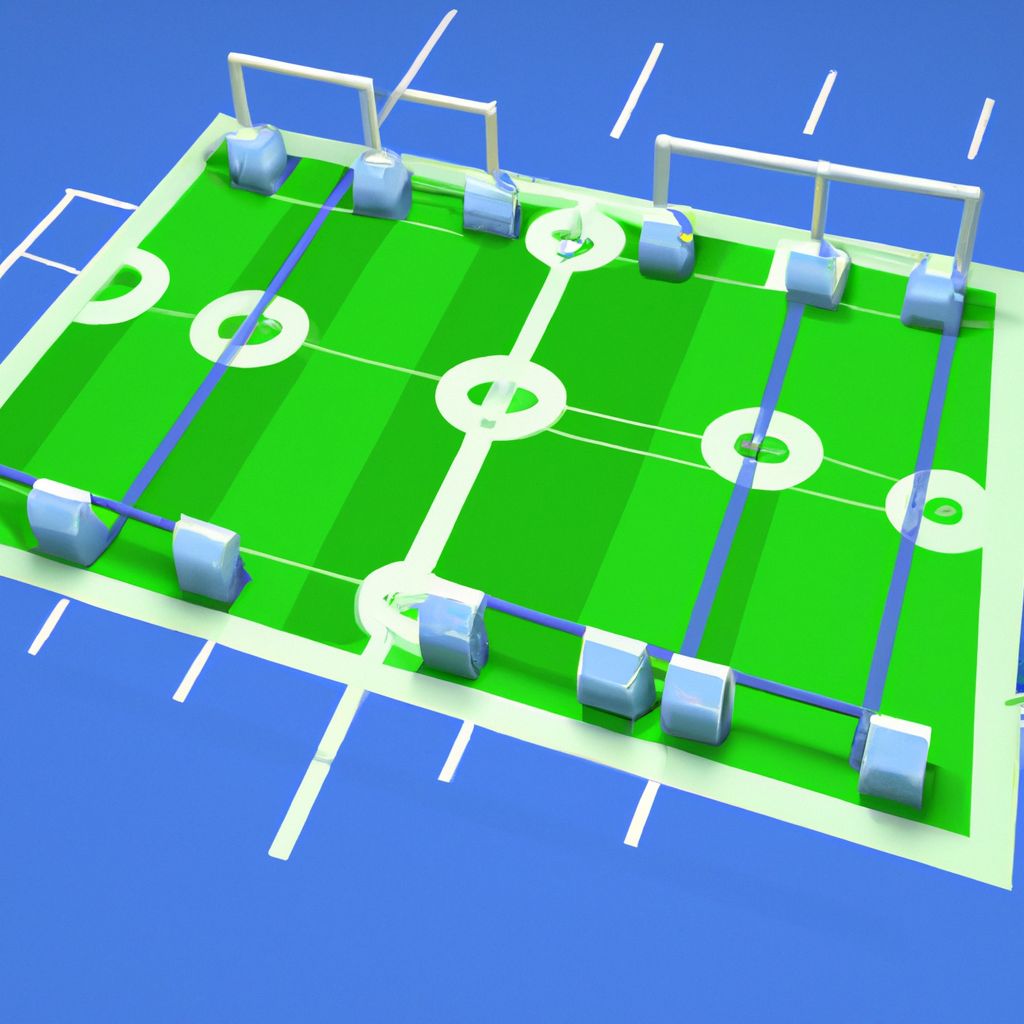
The Vertical Stack is one of the most common offensive strategies in Ultimate Frisbee. It involves aligning your team's players in a vertical line or 'stack' down the center of the field.
- Players at the back of the stack make cuts (quick, explosive movements) towards the disc, creating space for potential passes.
- The Handlers use these cuts to advance the disc down the field.
- This strategy is effective because it creates a lot of open space on the field for players to move into, making it harder for the defense to cover all possible angles.
The Horizontal Stack, also known as 'Ho Stack', is another common offensive strategy. In this setup, players arrange themselves horizontally across the field.
- This formation typically consists of three Handlers and four Cutters, spreading out the defense and creating plenty of passing lanes.
- The Cutters at the ends of the stack can make deep cuts, while the Handlers and middle Cutters work together to advance the disc.
- This strategy allows for a diverse array of throwing options, making it difficult for the defense to predict the offense's next move.
The Isolation, or 'Iso', strategy involves isolating one player on the field, creating a one-on-one matchup with a defender.
- The rest of the team clears out of the way, allowing the isolated player to make cuts and receive the disc.
- This strategy can be very effective if the isolated player is quick or has superior disc skills, as it gives them plenty of space to manoeuvre and receive the disc.
- It is a great strategy to use near the end zone for a quick score.
Each of these strategies has its own advantages, and the best teams know how to use them effectively based on their team's strengths and the situation on the field.
Implementing Defensive Tactics
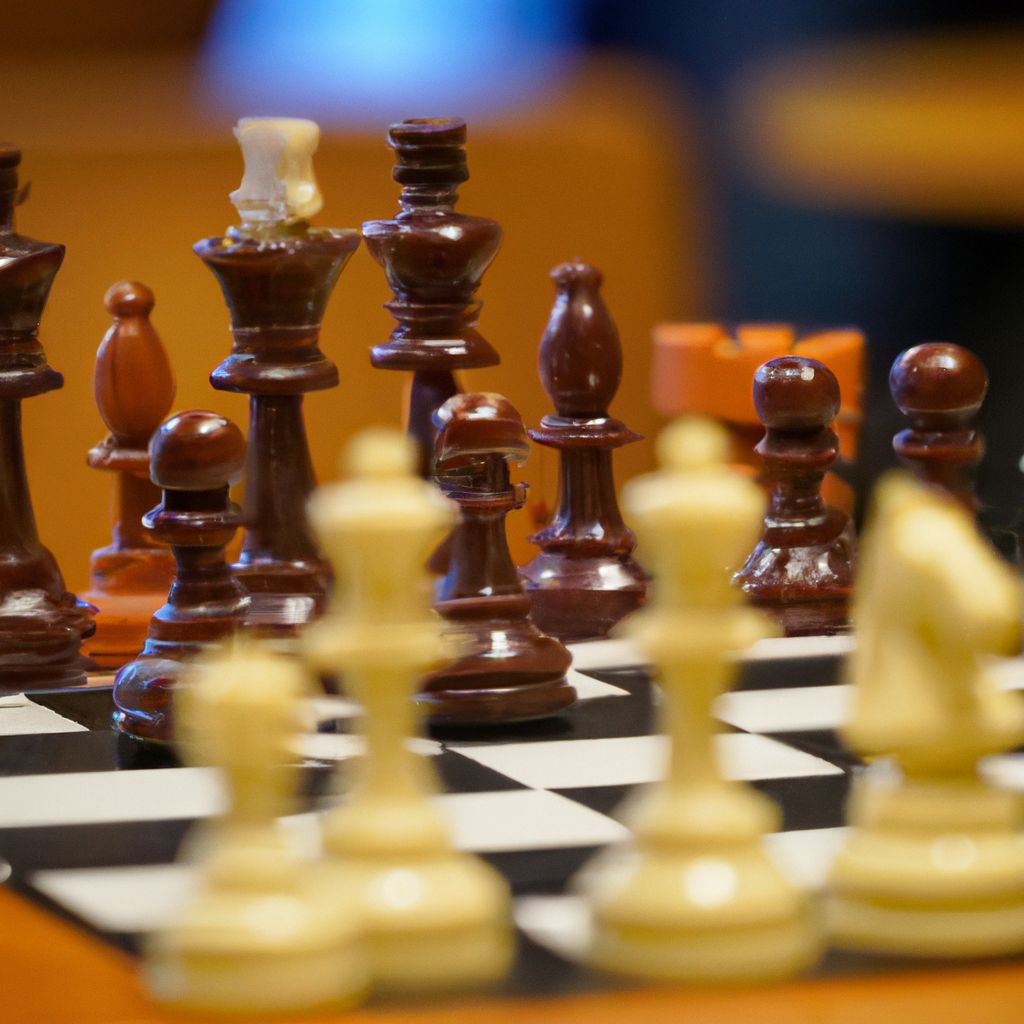
Man-to-Man, or person defense, is a straightforward but highly effective defensive strategy in Ultimate Frisbee. Here's how it works:
- Each defender matches up with an offensive player and tries to prevent them from receiving the disc.
- This strategy requires good communication and agility, as defenders must react quickly to their opponent's movements.
- Man-to-Man defense is effective for disrupting the offensive team's flow and forcing turnovers.
Zone defense is a more complex strategy that involves players covering specific areas, or 'zones', of the field instead of individual players. Here's how it can be implemented:
- Usually, three players form a 'cup' around the disc holder, while other players cover the downfield space.
- This strategy aims to limit the offense's throwing options and force them into making risky passes.
- Zone defense can be particularly effective in windy conditions, as it increases the likelihood of turnovers from difficult throws.
Force defense, or 'forcing', is a strategy where the defender marking the disc holder aims to 'force' them to throw in a particular direction. Here's how it works:
- The defender positions themselves to block one side of the field, encouraging the thrower to pass towards the other side.
- This strategy simplifies the game for the other defenders, as they only need to cover receivers on one side of the field.
- Force defense is effective for controlling the offensive team's movement and setting up opportunities for interceptions.
Understanding and implementing these defensive strategies can greatly improve a team's ability to prevent scores and force turnovers, ultimately leading to more opportunities to score points.
Importance of Teamwork and Communication

Teamwork and communication are the bedrock of successful Ultimate Frisbee play. Whether on offense or defense, the ability to work together as a cohesive unit greatly enhances a team's effectiveness on the field.
On offense, good communication allows players to coordinate their movements, set up plays, and make accurate passes. Defensively, clear communication helps players to mark their opponents, set up defensive strategies, and react to the offensive team's movements.
Tips for Improving Teamwork and Communication- Establish clear roles: Each player should understand their role and responsibilities on the team. This includes knowing where to be on the field, who to mark on defense, and when to make a cut on offense.
- Practice active communication: Players should be encouraged to communicate openly during games, calling out cuts, marking assignments, and other key information.
- Use non-verbal signals: In noisy game situations, non-verbal signals can be very effective. Players can use hand signals or body language to communicate plays, cuts, or defensive assignments.
- Develop trust: Trust between teammates improves the overall teamwork. This can be developed through team-building activities and spending time together off the field.
Ultimately, a team that communicates effectively and works together is far more likely to succeed in Ultimate Frisbee than a group of individuals, no matter how talented they might be individually.
Physical Conditioning and Training
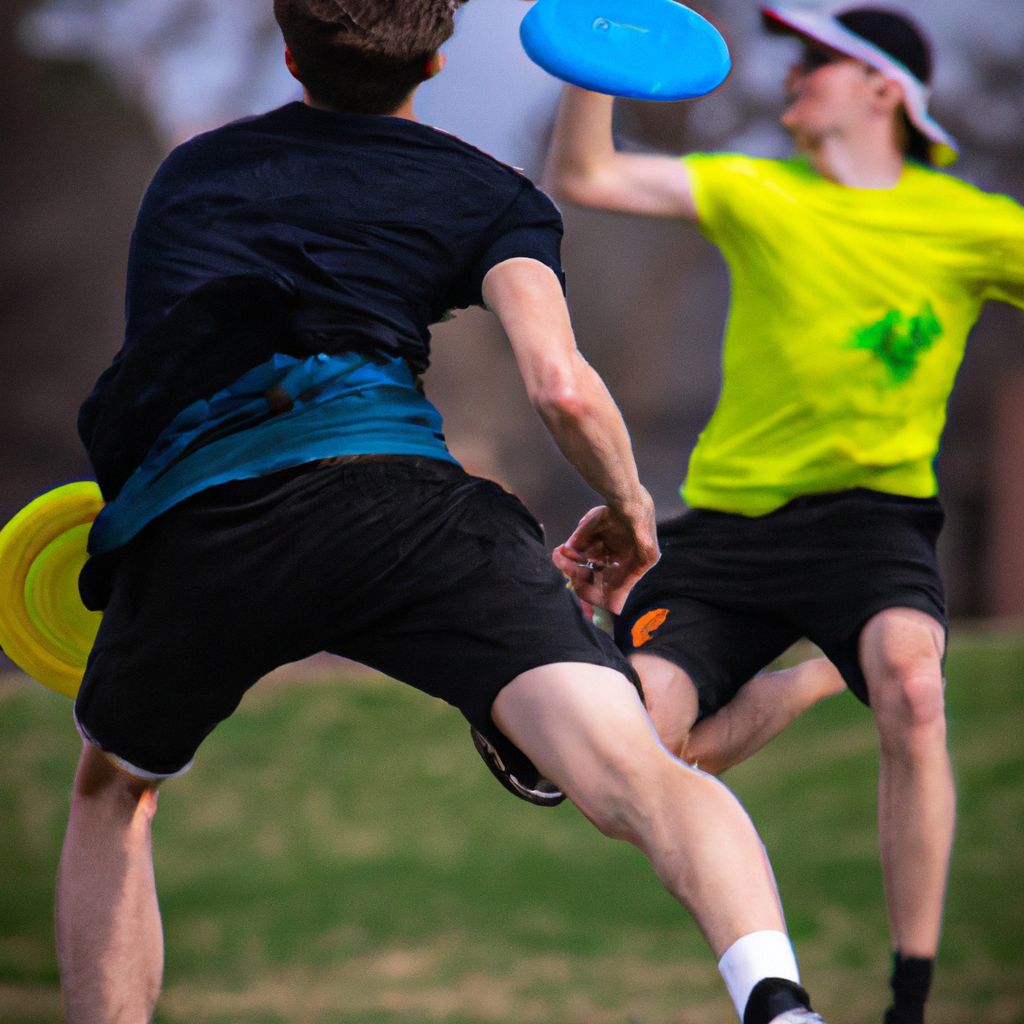
Physical conditioning is critically important in Ultimate Frisbee, as the sport requires a high level of fitness to perform at your best. It demands speed to outpace opponents, agility to change direction quickly, and endurance to keep up the pace throughout the entirety of a game.
Moreover, a well-conditioned player is less likely to get injured, can recover quicker between games, and will be able to maintain a high level of performance when others may start to tire.
Workouts and Training ExercisesHere are some workouts and training exercises that can help Ultimate Frisbee players improve their speed, agility, and endurance:
- Interval Training: This involves alternating between high-intensity and low-intensity exercise. For instance, sprinting for 30 seconds, then jogging for 60 seconds. It's great for improving cardiovascular fitness and mimics the stop-start nature of an Ultimate Frisbee game.
- Agility Drills: Exercises like ladder drills, shuttle runs, and zig-zags can improve a player's ability to change direction quickly - a key skill in Ultimate Frisbee.
- Long-Distance Running: Incorporating longer runs into your training can help build endurance, making sure you're still performing at your best in the later stages of a game.
- Strength Training: Building strength, particularly in your core and lower body, can help improve your throwing power and stability. Exercises such as squats, lunges, and planks are particularly beneficial.
Remember, consistency is key in training. Regular workouts, combined with proper rest and nutrition, will yield the best results.
Playing Smarter, Not Harder
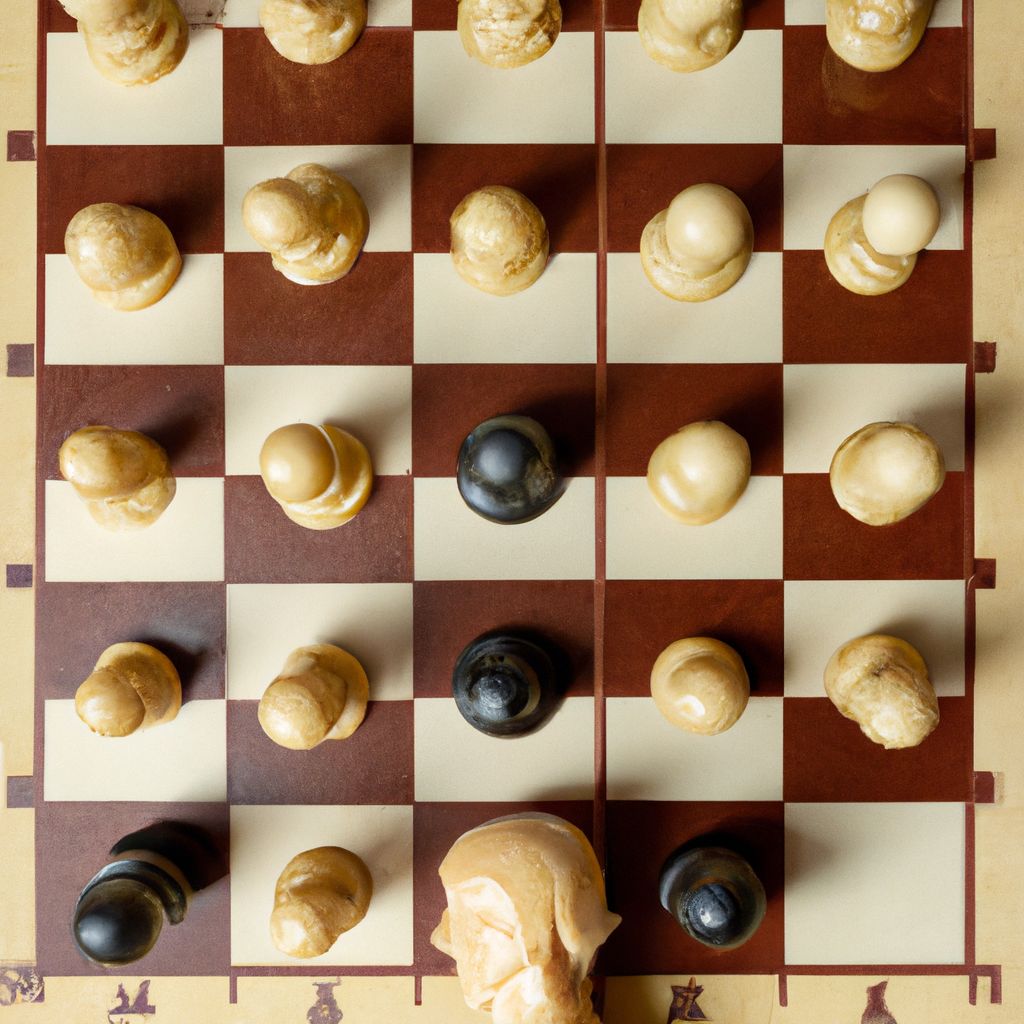
While physical prowess is crucial in Ultimate Frisbee, the mental aspect of the game is equally important. Good decision-making, the ability to adapt strategies on the fly, and maintaining a positive attitude can often be the difference between a win and a loss.
Smart players make fewer mistakes, can quickly exploit weaknesses in the opposing team's strategy, and are able to keep their team focused and motivated, even in challenging situations.
Improving Decision-MakingGood decision-making in Ultimate Frisbee involves knowing when to pass, when to hold onto the disc, and where to position yourself on the field. To improve your decision-making:
- Study the game: Understand the rules, strategies, and techniques used in Ultimate Frisbee. The more you know, the better your decisions will be.
- Practice under pressure: In a game situation, decisions need to be made quickly. Practice making decisions under pressure to improve your in-game decision-making.
Being able to adapt your strategy mid-game is a crucial skill in Ultimate Frisbee. Observing the other team, understanding their strategies, and being flexible enough to adjust your own strategy in response can give you a significant advantage. Practice this skill in training by switching up strategies mid-game and observing how it changes the course of play.
Maintaining a Positive AttitudeA positive attitude can keep team morale high, even when the game isn't going your way. Stay upbeat, encourage your teammates, and don't let setbacks get you down. Remember, Ultimate Frisbee is a game of runs - momentum can shift quickly, and a positive attitude can help turn the tide.
By focusing on these areas, you can play smarter, not harder, giving you an edge over your opponents and making you a more valuable player to your team.
Learning from the Pros
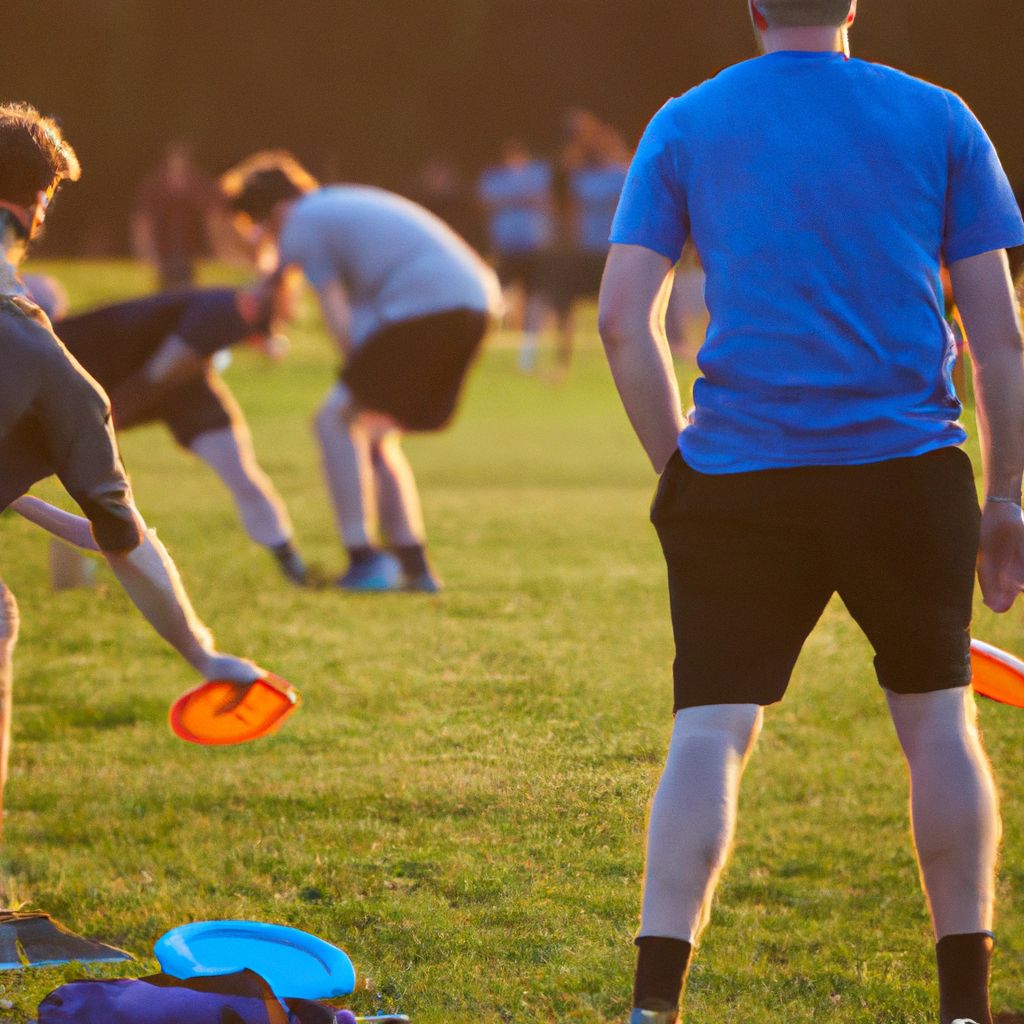
Watching professional Ultimate Frisbee players is a fantastic way to improve your understanding of the game and enhance your skills. By observing their strategies, techniques, and decision-making, you can gain valuable insights that you can incorporate into your own game.
Here are a few professional players known for their skill and tactical acumen:
- Beau Kittredge: Known for his speed and agility, Kittredge is a great player to watch for those looking to improve their cutting and defensive skills.
- Jimmy Mickle: Mickle is renowned for his throwing skills and field vision. Observing his play can help improve your offensive game.
- Anna Nazarov: A strong defender with excellent disc skills, Nazarov's play is a lesson in effective marking and positioning.
Observe how these professionals position themselves on the field, their timing, their communication with teammates, and the decisions they make. You can learn a lot by studying their techniques and strategies.
Remember, the aim is not to copy these players, but to learn from them and adapt their successful strategies to your own game. In doing so, you can become a more effective and versatile Ultimate Frisbee player.


